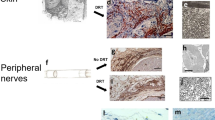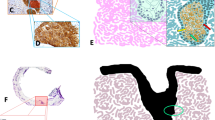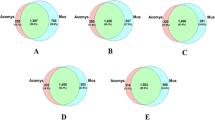Abstract
THE effect of scab on the healing of a wound is not well understood. MacCallum's1 idea that the scab may store nutritive material for the granulation tissue is not generally accepted. James2 demonstrated a high concentration of hydroxyproline in the scab hydrolysates but this was shown to be derived from the collagen fibres which had been incorporated into the scab3. Winter4 put forward some experimental evidence designed to show that the scabs retarded the rate of epidermization of wounds in the skin of pigs. During an examination of the various factors which influence the rate of wound healing, observations have been made which are very different from those of Winter's.
This is a preview of subscription content, access via your institution
Access options
Subscribe to this journal
Receive 51 print issues and online access
$199.00 per year
only $3.90 per issue
Buy this article
- Purchase on Springer Link
- Instant access to full article PDF
Prices may be subject to local taxes which are calculated during checkout
Similar content being viewed by others
References
MacCallum, W. G., A Textbook of Pathology (W. B. Saunders Co., Philadelphia, 1940).
James, D. W., J. Path. Bact., 69, 33 (1955).
Zahir, M., J. Path. Bact., 84, 79 (1962).
Winter, G. D., Nature, 193, 293 (1962).
Author information
Authors and Affiliations
Rights and permissions
About this article
Cite this article
ZAHIR, M. Effect of Scabs on the Rate of Epidermal Regeneration in the Skin Wounds of Guinea Pigs. Nature 199, 1013–1014 (1963). https://doi.org/10.1038/1991013a0
Issue Date:
DOI: https://doi.org/10.1038/1991013a0
Comments
By submitting a comment you agree to abide by our Terms and Community Guidelines. If you find something abusive or that does not comply with our terms or guidelines please flag it as inappropriate.



